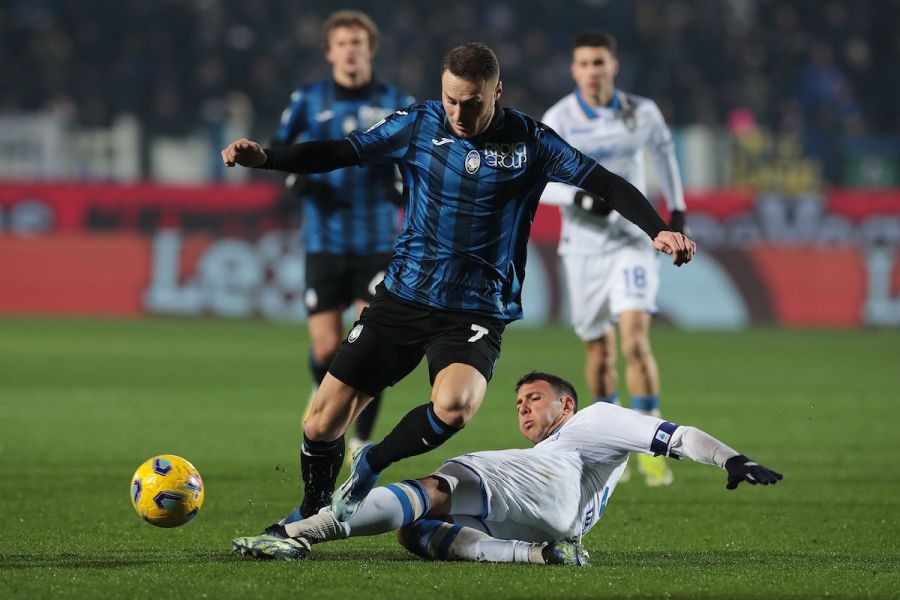
In recent years, Serie A has gradually embraced a tactical evolution that emphasizes defensive solidity and versatility, with the three-man defense becoming increasingly prevalent among Italian clubs. This shift reflects a broader strategic pivot towards a more adaptable and resilient approach to both defense and attack, allowing teams to seamlessly transition between phases of play. Notable examples include Inter Milan and Atalanta, whose adoption of a three-man backline has bolstered their defensive records while maintaining offensive potency.
Historically, Serie A has been synonymous with robust defensive play—a reputation solidified by the legendary "catenaccio" system that prioritized a strong, impenetrable backline. This tactical rigidity, however, has evolved into a more contemporary, flexible approach, as managers seek to adapt to the dynamic nature of modern football. The three-man defense facilitates this by enabling teams to maintain defensive strength while offering greater support to attacking players through wing-backs who can exploit wide spaces.
Inter Milan has been at the forefront of this transformation, with manager Simone Inzaghi implementing a system that maximizes the talents of players like Milan Skriniar, Stefan de Vrij, and Alessandro Bastoni. By deploying them in a three-man setup, Inter has achieved a balance between defensive solidity and attacking fluidity. This formation allows their wing-backs, such as Denzel Dumfries and Robin Gosens, to push forward and contribute significantly to offensive buildups, creating additional width and unpredictability in attack.
Similarly, Atalanta has thrived under Gian Piero Gasperini’s tactical acumen. Known for his attacking philosophy, Gasperini has effectively utilized a three-man defense to enhance Atalanta’s counter-attacking capabilities. Players like Rafael Toloi, Berat Djimsiti, and José Luis Palomino have been instrumental in executing high-pressing tactics, while the wing-backs, including Robin Gosens and Joakim Maehle, provide width and support in both offensive and defensive transitions.

Statistics reflect the effectiveness of this tactical shift. Inter Milan, for example, has managed to maintain one of the best defensive records in Serie A, conceding fewer goals than many of their contemporaries. Atalanta, on the other hand, has seen its goal difference improve significantly, highlighting the effectiveness of its high-octane, yet defensively robust, playing style.
The rise of the three-man defense in Serie A is not limited to Inter and Atalanta. Other teams have adopted variations of this system to fit their tactical requirements and player strengths. Juventus, under Massimiliano Allegri, has intermittently used a three-man backline, especially in matches where tactical flexibility is required against dynamic attacking opponents. This approach allows the Bianconeri to alternate between a more traditional defensive setup and a system that integrates their full-backs more directly into the attacking phase.
The tactical flexibility afforded by the three-man defense aligns with Serie A’s ongoing evolution towards a more modern, fluid style of play. It allows teams to maintain a compact defensive structure while being able to commit more players forward in attacking transitions, thus increasing their ability to control matches and create scoring opportunities. This strategic adaptability is crucial in a league where tactical acumen is highly prized and has often been the difference-maker in closely contested matches.

In conclusion, the adoption of three-man defenses in Serie A marks a significant shift in the tactical landscape of Italian football. By combining defensive resilience with offensive flexibility, clubs across the league are better equipped to meet the demands of modern football. As this trend continues, it will be intriguing to see how teams adjust and innovate further, ensuring Serie A remains at the forefront of tactical development in the global footballing arena.
For further insights into the tactical trends in Serie A, you can explore articles on Bleacher Report or follow live updates and detailed statistics on platforms like Flashscore.